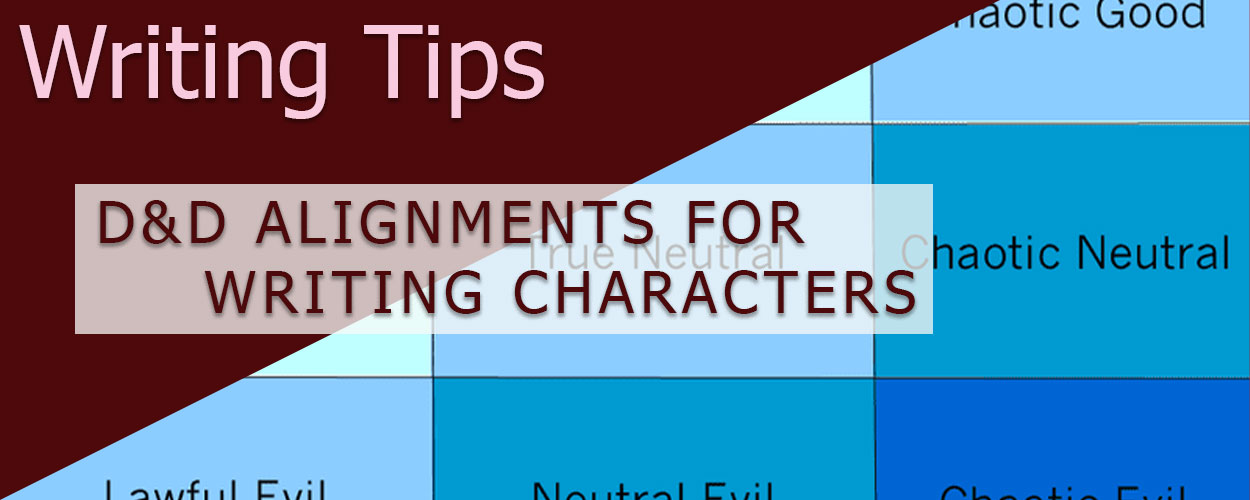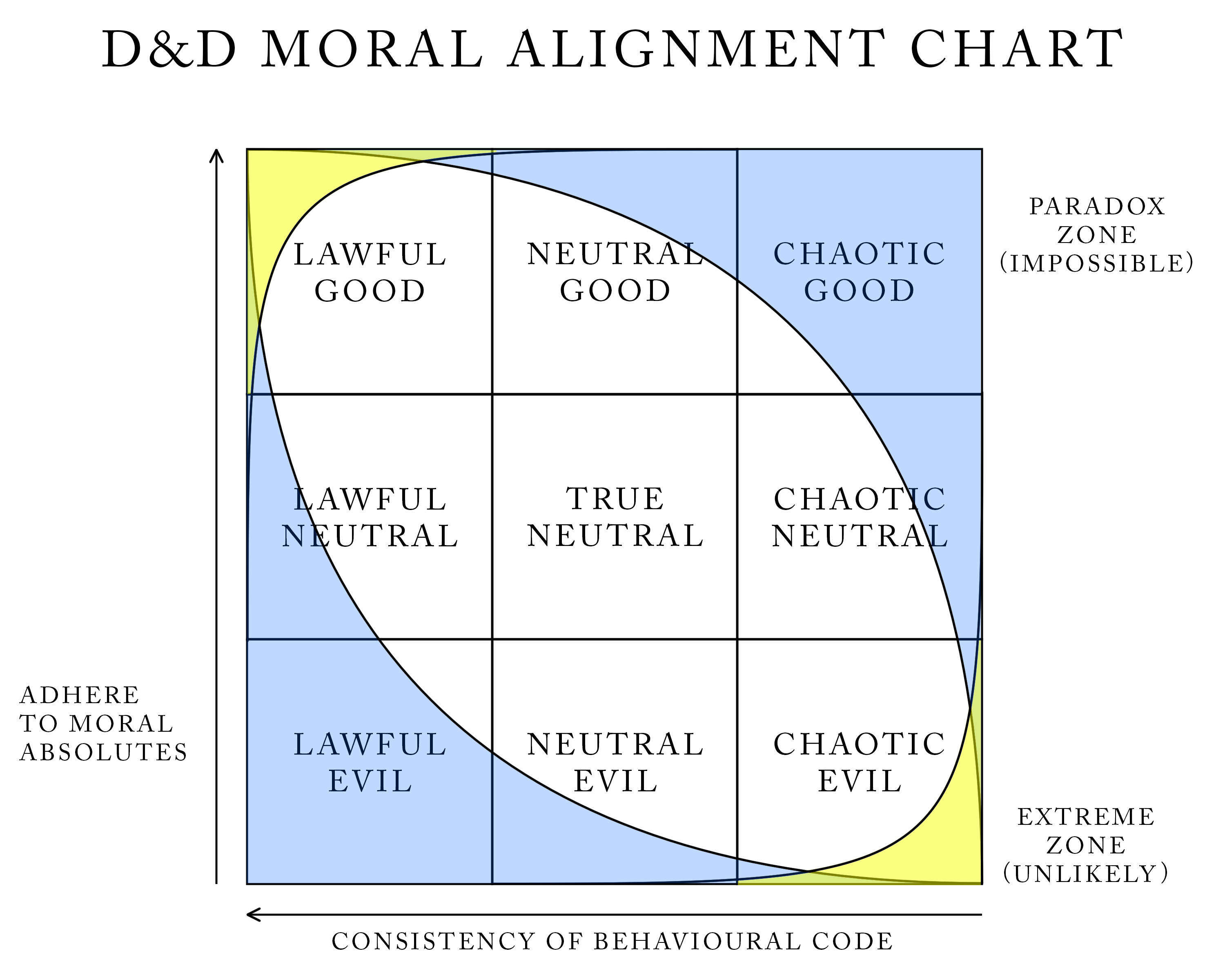

Posted: June 13, 2023
Characters are the lifeblood of any story, but sometimes it’s a challenge to breathe that life into them. They need to feel realistic, but how do you do that? There are quite a few strategies out there, and one tried and true method is a fairly simple one: nail their personality.
People are shaped by their upbringing and experiences, but everyone is born with a pre-set disposition, the way they see the world and how they react to it. It’s how two people living in the same conditions can turn out so different from one another. This is where the term “born evil” comes from. It’s not entirely true. People may be born with the genetic potential for evil, but it takes more than that to unlock it. Every evil person has a backstory that made them that way, and while it is not an excuse for their actions, it allows us to understand them.
The same thing can be said for wholistically good people. Nature and nurture together shaped them into who they are; it shaped their morals. But how do you define that?
You may have seen this trend before, in which people sort their favourite characters into the chart below, but the reverse can also be true. You can sort your own characters and write them based on what you believe their moral alignment to be.

As the name suggests, these characters believe in the law. They follow rules, respect hierarchy, and believe in honour, trustworthiness, and tradition. Combined with Good, they care about and act in ways that benefit others. While this is noble, lawful characters are often inflexible, judging others for not following rules and placing their loyalty to the system over friends and family. Their lawfulness might get in the way of their goodness, and they will find it extremely difficult to choose between saving someone they love and following the rules.
Examples: Superman, Captain America, Optimus Prime, Woody (Toy Story)
Being neutral between Lawful and Chaotic means these characters pick and choose which societal rules they follow. They don’t feel compelled to follow every rule, but also not to rebel against everything. Being Good, they will most often do what they believe is right to the benefit of others, even if it breaks the rules to do so.
Examples: Harry Potter, Spider-Man, Luke Skywalker, Po (Kung Fu Panda)
Despite being called Chaotic, these characters’ actions aren’t made at random. Instead of following society’s rules, they live by their own code; they believe this freedom is the only way for an individual to be truly free. However, they are also a Good character, meaning they don’t harm or oppress the weak. They will bend and break rules to do what they believe is right and may even try to bring about societal change.
Therein lies the paradox. In order to do the most good, they must harm those who harm others. They are on the side of anti-oppression; however, they may end up doing the most harm, which goes against benefitting others.
Examples: Robin Hood, Batman, Matt Murdock (Daredevil)
Neutral characters straddle the centerline between good and evil. They do not feel compelled to help others like Good characters, but they also do not harm innocents like Evil characters. Being also Lawful, they will act according to the organization, authority, or tradition they follow. Depending on the code they live by, they may act in ways both Good and Evil, and may be mistaken for one or the other. Because they act in accordance with a system, they feel less of a tug by morality, and they do not care what others think of their actions.
Examples: Amanda Waller, Nick Fury (SHIELD), Tony Stark, Hades (Greek mythology)
A truly neutral character sits in the middle of everything. They are neither Good nor Evil, nor are they Lawful or Chaotic. Their loyalty is to themselves and those they love. They will follow rules or break them depending on the benefits to their circle, and they will not choose sides in moral arguments. They do not feel the need to harm others for the sake of it, nor to sacrifice themselves to help others either. It is highly unlikely for these characters not to lean more toward one alignment or another as they grow.
Examples: Sherlock Holmes, Garfield (Garfield), Sheldon Cooper (Big Bang Theory), The Oracle (The Matrix)
These characters rebel against the rules to the benefit of themselves and those holding their loyalty. They follow their own code of conduct, and while they do not purposefully harm others, they do not feel compelled to “save the world” like Good characters do.
Examples: Captain Jack Sparrow, Fred and George (Harry Potter), Venom (Spider-Man)
This may seem like a contradiction, but Evil characters following Lawful structures are more common than you may think. These characters follow a strict code of rules, laws, or traditions which they believe to be more important than anything else—even the lives of others. They will act in ways that harm, eliminate, or make others miserable. Most often, they do not even consider themselves evil, and believe what they are doing is right. They will enforce their system, and any who do not follow will face consequences.
Examples: Dolores Umbridge, Lex Luther, Hannibal Lecter, Prince Hans (Frozen)
In the middle of Lawful and Chaotic, these characters will either follow or rebel against societal norms for the sake of harming others. They may take these actions because they enjoy causing harm, because they serve an evil master/deity, or because they want others to suffer like they’ve suffered in the past (to even the score). They are selfish and driven solely by their own wants: greed, envy, and/or ambition.
Examples: Cruella de Vil, Scar (Lion King), Two-Face, Gaston (Beauty and the Beast)
This alignment falls under the Extreme category. It is highly unlikely to happen in real life because these characters are driven to rebel against all rules for the sole purpose of causing the most harm; to destroy everything. They care only for themselves with disregard for everything else. They most often work alone or have minions/followers. They cannot be controlled and are completely unpredictable.
Examples: Bellatrix Lestrange, The Joker, Carnage (Spider-Man)
Keep in mind that not all characters will follow these alignments exactly every step of the way. People grow and change, and in books, that is even more true. Characters (especially your main character) must go through a character arc, and most of the time, this will sway their alignment to something else.
That being said, it’s still a great idea to use this chart to help you make decisions for your characters and to keep them consistent. Oftentimes, your character will do what they do without any prompting from you, but other times, you’re slogging along and have no idea what your character is supposed to do or how to bail a character out of a situation. In these cases, it may feel really easy to force a character to act in a way that benefits you—that moves the plot along or conveniently solves a problem.
DO NOT DO THIS!
This is called character inconsistency, and your readers will hate it.
This is when you can consult the chart. Knowing what you know about your characters, you can walk them through the situation and see what they would do if there were no limits placed upon them. From there, you can begin placing those limits, and by the end, you’ll either have a solution, or realize that your character is doomed: game over. In that case, you’ll probably need to backtrack and do a bit of rewriting.
Now, the chart and alignments can’t always help. It’s mainly to help you keep your character consistent and to monitor their character growth. Perhaps they started as a True Neutral character, but upon meeting another character, they grow to actually care about helping others, and evolve into a Neutral Good character. Perhaps they start as Lawful Good and an event tragically causes them to completely switch gears and become Chaotic Good, or even to slide down to Lawful Evil.
It is a way of maintaining control in your story, and your readers will thank you for it.
Writing Good Characters
Writing Compelling Villains
How to Do Book Research
Dropping Hints & Good Storytelling
Pixar’s 22 Storytelling Rules
Writer’s Burnout Part 1—Explanation & Prevention
Writer’s Burnout Part 2—Identifying Signs & Recovery
Writer’s Block & How to Overcome It
Inclusive Writing
Tigerpetal Press is a small book press dedicated to publishing local authors and poets.